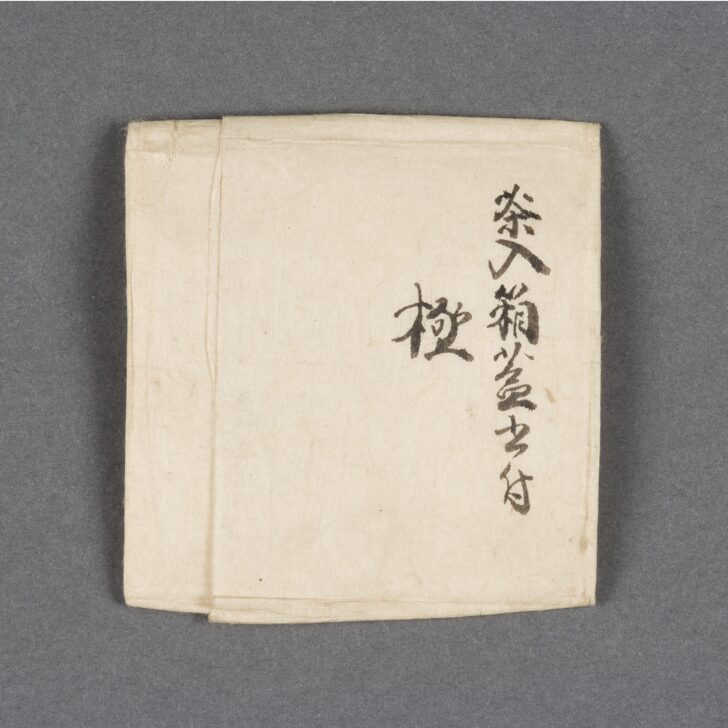Certificate of Authenticity for Seto ware tea caddy “Hitorine,” named by Kobori Enshû (1579–1647)
Seto Shinbei

Description
Subject Matter:
"Setomono, or Seto ware, was originally used to describe ceramics that were produced in the region of Seto (now near Seto City in Aichi Prefecture). However, because Seto was a famous production site of ceramics, over time, it came to describe Japanese ceramics in general and not necessarily to works made in Seto...Although Japanese ceramics have historically shown distinct characteristics depending on where they were produced, Seto ware was unique in that it was glazed. During the Kamakura period, Seto was about the only place in Japan where glaze was used. In this respect, Seto ware could be considered a luxury item of those days."
Ono, Yoshihiro. “Seto Ware and Chinese Ceramics: 京都国立博物館: Kyoto National Museum.” Seto Ware and Chinese Ceramics | 京都国立博物館 | Kyoto National Museum, www.kyohaku.go.jp/eng/dictio/touji/52seto.html.
Kobori Enshū, "his real name was Kobori Masakazu, and he also used the pen name Kohō. He was an architect and garden designer, as well as being a feudal lord of the early Edo period. He produced many superior architectural works and gardens, and was also founder of the Enshū tea ceremony school."
Kenkichi, Ono, and Walter Edwards. “Kobori Enshū小堀遠州.” Japanese Garden Dictionary: A Glossary for Japanese Gardens and Their History, 2010, www.nabunken.go.jp/org/bunka/jgd/pages/KoboriEnshu.html.
Physical Description:
A handwritten certificate in calligraphy on a square piece of paper. On one side there is writing on the right side of the paper. On the reverse side, there is writing in the middle of the paper with a stamp on the bottom left corner of the paper.
Usage Rights:
If you are interested in using an image for a publication, please visit https://umma.umich.edu/request-image/ for more information and to fill out the online Image Rights and Reproductions Request Form.